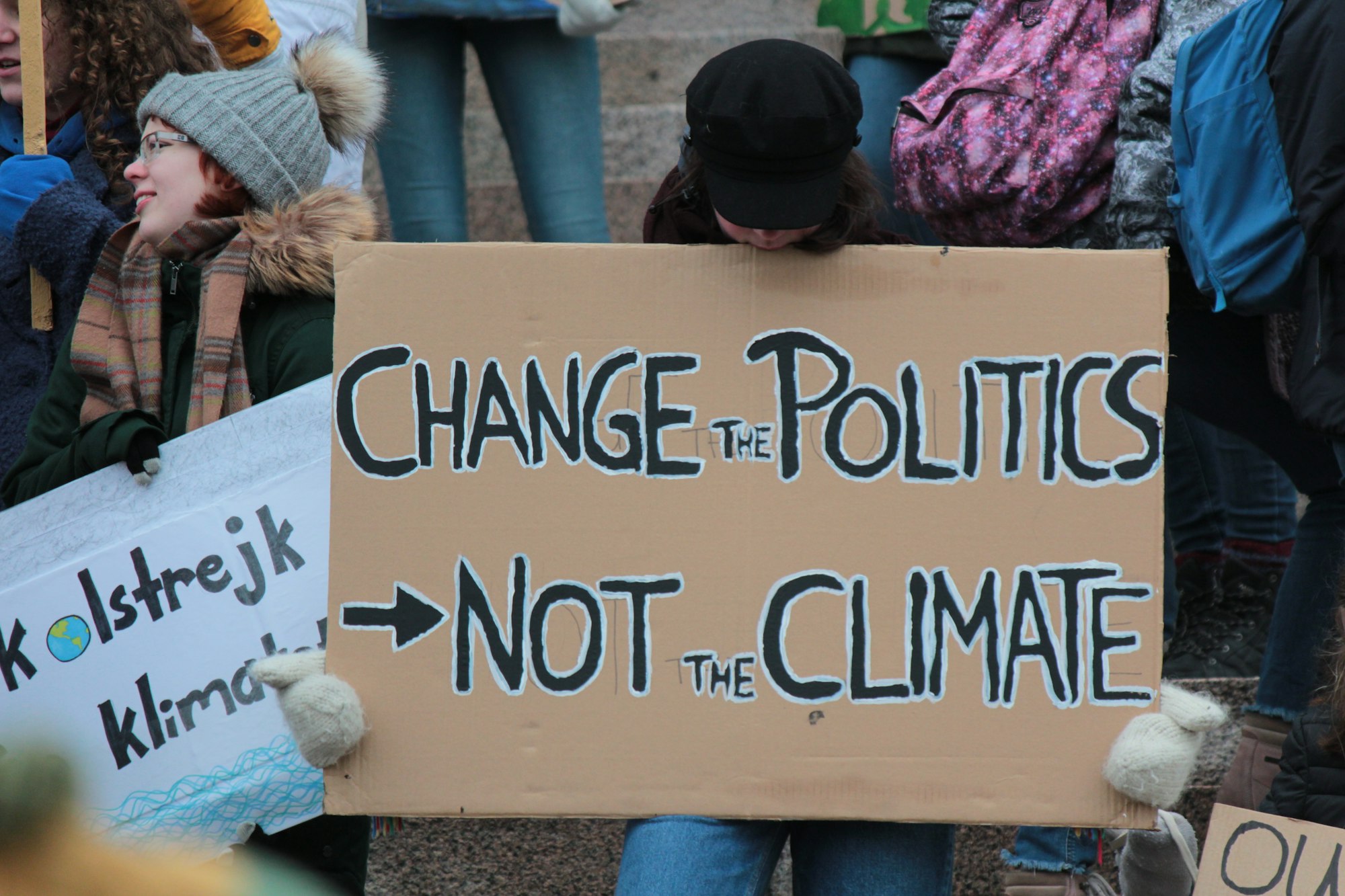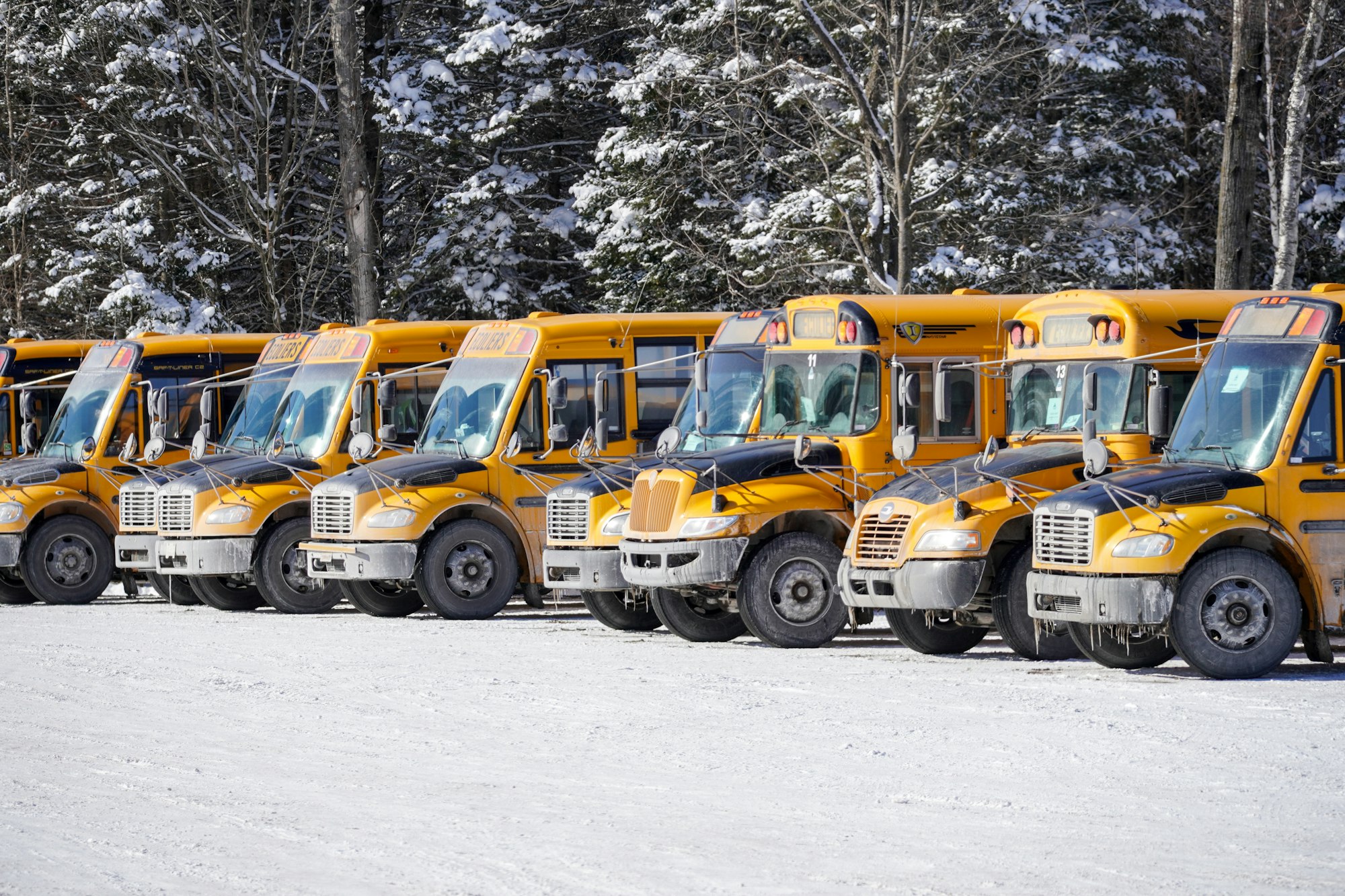Climate change response in India’s Union Budget 2025
This year’s Union Budget has prioritised renewables but announcements for some key areas vital to climate change policy response - such as clean transportation and industrial decarbonisation - are limited. Below are some reflections by our in-house experts of where budgetary support has been provided, where it has been lacking, and what this means for India’s climate action.
"This Budget gives clear indication that India is taking the clean energy transition seriously. Announcements such as the setting up of a National Manufacturing Mission to support locally made clean technology will be a boost to the country’s renewable energy industry. India is aiming to transform its renewables infrastructure, which is a significant move for the developing country. But responding to climate change will need a wider set of policy choices, ranging from decarbonisation of heavy industries to adaptation. An integrated climate vision thus has to be developed and reflected in future Budgets." - Dr. Divya Sharma, India Executive Director, Climate Group
Focus area 1: Energy
There has been an increase of approximately ₹7,400 crore in budget allocation to the Ministry of New and Renewable Energy to implement various schemes including flagship schemes such as PM Surya Ghar and Green Hydrogen. This year's budget allocation is ₹26,549 crore while the budget allocation for last financial year was ₹19,100 crore.
The Nuclear Energy Mission was also announced with an outlay of ₹20,000 crore Budget Estimates. Allocations for Small Modular Reactors (SMRs), which found mention in the previous full Budget as well, signal a strong emphasis on pursuing energy security.
Allocations have been made for solar PV manufacturing, development of the Green Energy Corridor, reform linked incentives for utilities sector. There’s been a jump (₹200 crore) in Viability Gap Funding for the development of battery energy storage systems (BESS) in the current year.
“Budget 2025 continues to support the vision and ambition of the government in achieving energy security, self-reliance and reliability through enhanced budget allocations in priority areas. Allocations for SMR, PM Surya Ghar, green hydrogen, Green Energy Corridor and bioenergy will provide the thrust for additional non-fossil capacity addition in the country while addressing the growing energy demand.
“Also, continued incentives for localised manufacturing of solar cells, solar modules, advanced battery cell and battery energy storage systems are a boost to the self-reliance critical to sustain the ambitious targets set by the government for 2030.” - Saswat Panda, Program Manager, Energy, India
Focus area 2: Industry
Cement and steel are the backbone of India’s infrastructure push. There is also an urgent need to decarbonise both, which this Budget has under-prioritised.
The government has made budgetary provisions that will support the steel sector, however. For instance, provisions have been made for MSMEs, which employ 7.5 crore people and contribute 36% of India’s manufacturing. The investment and turnover thresholds for MSME classification will be increased by 2.5 and 2 times respectively — indirectly affecting allied industries such as steel. This will help enhance economies of scale, drive technological advancement and improve access to capital. The specialty steel Production Linked Incentive (PLI) scheme saw a 6x increase from ₹55 crore in FY25 (Revised Estimates) to ₹305 crore in FY26 (Budget Estimates).
But India’s steel industry accounts for 12% of the country’s total greenhouse gas (GHG) emissions. According to our recent report, the country can avoid up to 20 million tonnes of emissions through India’s ship recycling sector. A promising Budget announcement on steel decarbonisation through ship recycling was made. The Shipbuilding Financial Assistance Policy will be restructured to address cost disadvantages and will introduce Credit Notes for shipbreaking in Indian yards, with an aim to foster a circular economy. Shipbuilding clusters will be developed to expand the range, categories, and capacity of ships. Additional infrastructure, skills training and technological advancements to strengthen the ship recycling industry have been announced. A Maritime Development Fund of ₹25,000 crore is also planned to ensure sustainable long-term financing for the maritime sector.
Similarly, the cement sector will benefit from some budgetary announcements, but decarbonisation measures remain limited. India is already the second-largest producer of cement - widely used in infrastructure development - in the world. Allocations of ₹20,000 crore have been made to foster innovation, while ₹1.5 lakh crore will be provided as 50-year interest-free loans to states for infrastructure development. These measures are significant for the cement and concrete sectors, as they will drive growth under the PM Gati Shakti master plan. But green cement and concrete are yet to be integrated into the master plan.
Focus area 3: Transport
E-mobility initiatives in India have received a significant boost with funding rising by over 20% compared to the previous year. The total allocation for such schemes has increased from ₹4,435 crore in FY25 (Revised Estimates), to ₹5,322 crore in FY26 (Budget Estimates).
The Budget has allocated ₹4,000 crore to the PM Electric Drive Revolution in Innovative Vehicle Enhancement (PM E-DRIVE) scheme. This two-year initiative aims to play a pivotal role in accelerating the adoption of electric vehicles. The total outlay when it was released last year was:
- ₹3,679 crore for electric two and three wheelers;
- ₹4,391 crore for e-buses;
- ₹500 crore each for electric trucks and ambulances, and
- ₹2,000 crore for expanding charging infrastructure.
The PM-eBus Sewa Scheme, which focuses on expanding electric bus operations saw a significant funding increase from ₹500 crore in FY25 to ₹1,310 crore in FY26.
To support domestic recyclers of critical minerals, the Union government has removed customs duty on the import of waste lithium-ion (Li-ion) batteries and scrap from 12 critical minerals, including copper, tin, and molybdenum. Additionally, 35 capital goods for EV battery manufacturing have been added to the exemption list, a move expected to bolster lithium-ion battery production and strengthen the electric vehicle ecosystem. The Production Linked Incentive (PLI) scheme and Green Hydrogen Mission are expected to incentivise the manufacturing of fuel cells, batteries, and storage systems.
The Electric Mobility Promotion Scheme - which offered subsidies for advanced battery-fitted EVs with an initial outlay of ₹500 crore for a four-month period until July 2024 - has not been renewed.
“The Union Budget has made laudable efforts to support indigenous battery manufacturing by removing import duties on critical minerals, machinery and scrap Li-ion batteries. The PM E-DRIVE scheme adds financial support to help develop the reach and quality of the country’s charging infrastructure. However, as the Economic Survey has highlighted, there is a need to broaden the scope of EV policies to reduce import dependence and accommodate the needs of this fast-growing sector.
“This is where policies like CAFE III and IV standards will drive innovation and reduce EV costs. State governments can aid the expansion of charging infrastructure by reducing electricity tariffs and rationalising connection procedures.
“We believe that an EV transition is underway with another year of growth in sales of two and three-wheeler EVs. The transition will be driven by electrification of last-mile logistics, new product introductions for four-wheeler EVs, e-buses and e-trucks.” - Ashish Saraswat, Program Manager, Transport, India
Focus area 4: Food
The Budget described agriculture as the “first engine” of development and was a key focus for it. Nine new programmes were announced aiming to enhance productivity, sustainability and farmer welfare. They are:
- Pradhan Mantri Dhan-Dhaanya Krishi Yojana to help improve productivity in 100 underperforming districts. It is expected to benefit 17 million farmers.
- Mission for Aatmanirbharta in Pulses has been allocated ₹1,000 crore for boosting domestic production of pulses.
- A comprehensive Programme for Fruits and Vegetables is to be launched in partnership with states. Funds of ₹500 crore have been allocated to enhance production and processing.
- Mission for Cotton Productivity will be launched as a 5-year plan with ₹500 crore allocated for promotion of high-yield, sustainable cotton farming.
- National Mission on High-yielding Seeds has been allocated ₹100 crore for climate-resilient seed varieties.
- Makhana Board will be established in Bihar with an allocation of ₹100 crore to support foxnut farmers.
- Rural Prosperity and Resilience programme will be launched to address agricultural underemployment, with a focus on rural women, marginal and small farmers.
- To expand deep-sea fishing, budget for Pradhan Mantri Matsya Sampada Yojana (PMMSY) has been increased by 64%.
- A 1.27 million-tonne capacity plant in Namrup, Assam will be set up to augment urea supply in the area.
“The recent Budget makes it clear that India's food systems are at a critical juncture. Climate variability and water scarcity significantly impact agriculture, necessitating investments in sustainable practices such as low methane emission certifications, regenerative agriculture, and climate-resilient crop varieties. These initiatives reduce greenhouse gas emissions and enhance agricultural resilience, aligning economic policies with climate action to ensure sustainable food systems, safeguard farmers' livelihoods, and secure future food security. The urgency of this situation cannot be overstated.” Maarico Baruah, Policy Manager, Food Systems India



